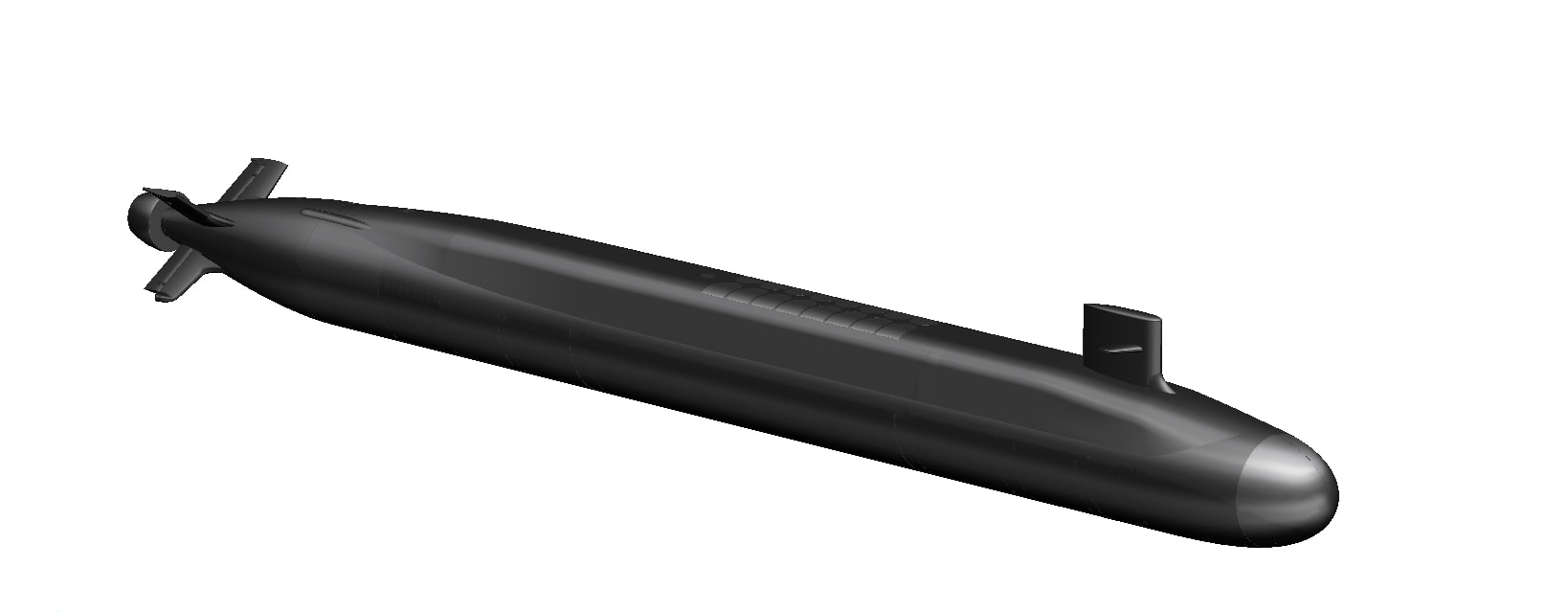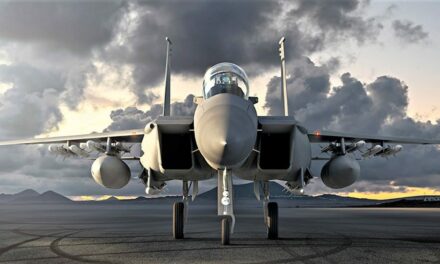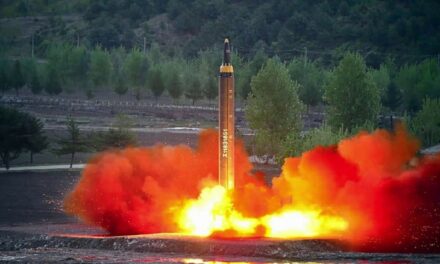We support our Publishers and Content Creators. You can view this story on their website by CLICKING HERE.
Key Points: The U.S. Navy’s Columbia-class submarine program, a $130 billion effort to replace its aging ballistic missile subs, faces delays and cost overruns, sparking scrutiny from the Government Accountability Office (GAO) and Congress.
-Initially scheduled for delivery in 2027, the first sub is now expected to be operational closer to 2030.
-The GAO attributes the setbacks to poor construction performance, supply chain issues, and design challenges.
-With each sub costing upwards of $15 billion, lawmakers and watchdogs are pressing the Navy for accountability.
-The Columbia-class, crucial to countering China’s growing naval power, remains a top priority despite these challenges.
U.S. Navy’s Columbia-Class Submarine Delays and Cost Over-runs Causing Scrutiny
There’s a group of Washington, DC, think tanks that sound the alarm when military spending gets out of control. They call for “restraint” in U.S. defense strategy. They also look at taxpayer boondoggles when a weapons system has significant cost overruns and schedule slips.
It looks like these policy institutes have more grist for their mill because the U.S. Navy will be the latest target for ridicule about a new class of submarine procurement. This means the Navy’s Columbia-class submarine program better get its act together, or Congress will be hopping mad.
Government Watch Dog Is Watching Closely
The U.S. Government Accountability Office has shed some light on the Columbia-class program, and it doesn’t like what it sees.
The Navy ordered 12 nuclear-powered and nuclear-tipped ballistic missile submarines for a hefty $130 billion. Now, it looks like construction delays will keep the sub out of the Navy’s hands until the early 2030s and the entire program will cost more. That’s a problem as the Columbia-class is a top priority for the Navy.
Navy Pushes Back Delivery Date
The Navy wanted the first Columbia-class nuclear-powered submarine by 2027. That date will be pushed back to 2028 or 2029. That means the soonest the new boat could be in the water, and patrolling would be well after 2030. This was supposed to give the Navy a leg up on China’s navy, the largest in the world by number of ships. Now, the maritime branch will have to wait longer for the sub to be deployed in the Indo-Pacific, a potential location for future warfare.
Ohio-Class. Image Credit: U.S. Navy.
The Columbia-Class Submarine Drama Show
The GAO said that “cost and schedule performance for lead submarine construction has consistently fallen short of targets. Through early 2024, those trends had not improved, and future risks will likely add to current cost and schedule growth. The program has reported that the shipbuilder needs to take swift and significant actions to address the causes of poor construction performance. However, as GAO has previously reported, the program has tried to mitigate some of these causes—such as late materials and detailed design products—for years.”
China’s Aircraft Carriers Are Flexing Their Muscles
This is a frustrating development because it appears that the Navy knew there were problems and tried to fix them, but it put delivery of the boat in a holding pattern. Not good, if you are worried about the rise of the Chinese navy that boasts three operational aircraft carriers.
The GAO said the delays and construction problems will cost hundreds of millions more than initially estimated. The government watchdog recommends that the Navy identify which subs have schedule slips and cost overruns. It also wants the Navy to explain how the “supplier base is helping to achieve construction goals and mitigate risks.”

Early rendering of what Columbia-class could look like.
More Specs on the Columbia-class
The Columbias will be great when they are finally delivered. They are swift and stealthy. The estimated speed for the Columbia-class will be 20 knots submerged.
They are armed to the gills and can carry 16 Trident II D5 nuclear missiles with 16 missile tubes. The Columbia-class subs will be 560 feet long and 43 feet in diameter. When submerged, they displace over 21,000 tons.
Congress Is Watching Too
These delays and cost-over-runs won’t doom the Columbia-class. Nobody is talking about cancellation at this point, but the program could be scrutinized further by Congress. The legislative branch’s internal think tank, the Congressional Research Service (CRS), released its report on the Columbia-class this spring. It determined that the Navy’s FY2025 budget submission estimates the total procurement cost of the first boat at about $15.2 billion and acquisition cost of the second Columbia-class sub at around $9.3 billion.
That is a significant amount of money, and lawmakers will be alerted once staff members have fully digested the GAO report and compared it to what the CRS found. This adds up to legislators taking a closer look at the program. Sometimes, after alarm bells go off, the program management office gets its act together before the think tanks and media spin up to criticize the project. That is already happening, so it is time to devise an action plan that will bring costs and delays down to a minimum or uniform, and civilian leaders of the Columbia-class program may find themselves testifying in a Congressional hearing about why there are still problems.
About the Author
Brent M. Eastwood, PhD, is the author of Don’t Turn Your Back On the World: a Conservative Foreign Policy and Humans, Machines, and Data: Future Trends in Warfare, plus two other books. Brent was the founder and CEO of a tech firm that predicted world events using artificial intelligence. He served as a legislative fellow for U.S. Senator Tim Scott and advised the senator on defense and foreign policy issues. He has taught at American University, George Washington University, and George Mason University. Brent is a former U.S. Army Infantry officer. He can be followed on X @BMEastwood.

 Conservative
Conservative  Search
Search Trending
Trending Current News
Current News 





